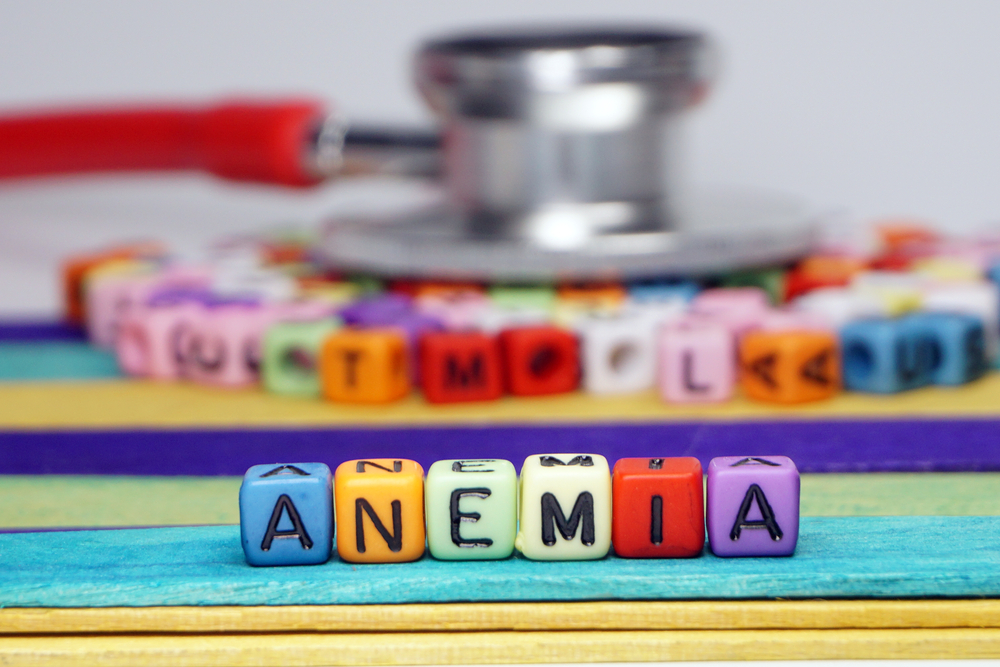Is your toddler throwing tantrums and not eating green and iron-rich vegetables like spinach, peas, and broccoli? Chances are that you may give in to their tantrums and give them a tasty snack. However, doing so may lead to anemia in toddlers in the long term. Anemia in toddlers is a very common and pervasive issue because children at this age grow rapidly, and their bodies require more iron than adults per unit of body weight.
Preventing iron deficiency anemia in toddlers becomes challenging when their body does not have enough iron to produce hemoglobin, the protein in red blood cells that carries oxygen to the body’s tissues.
Why is iron important for children?
Iron aids in the transfer of oxygen from the lungs to the body as well as the storage and utilization of oxygen by muscles. Your child may get iron deficiency if there isn’t enough iron in their diet. Anemia in toddlers is a very frequent occurrence, and it can take several forms, ranging from a minor shortage to iron deficiency anemia, which is a disorder in which the blood lacks enough healthy red blood cells. For your child’s correct physical and cognitive growth you must take steps that help in preventing iron deficiency anemia in toddlers.
Children’s Anemia Symptoms
Children’s anemia symptoms can vary depending on the severity of the condition, but some of the most common ones include:
Fatigue and Weakness: For the production of red blood cells, iron is highly important as it carries oxygen to the body’s tissues. When the iron level is less, the body cannot produce enough red blood cells, which causes fatigue and weakness.
Pale Skin and Nail Beds: Low quantity of red blood cells in your little one’s body can also result in the paleness of skin and nail beds.
Breath Shortness in Your Child: When the body does not get enough oxygen, it can cause shortness of breath, especially during any physical activity.
Headaches and Dizziness: Lower levels of oxygen in the body and the brain can lead to headaches and dizziness.
Cold Hands and Feet: Limited flow of blood can lead to a feeling of coldness in the hands and feet.
Rapid or Irregular Heartbeat: Due to low oxygen levels, the heart has to work harder to supply oxygen to the body, which causes a rapid or irregular heartbeat.
Restless Leg Syndrome: Iron-deficiency anemia can lead to an uncomfortable sensation in the legs which causes a desire to move them.
Pica: It can lead to a craving for non-food items, such as ice, dirt, or paper in your child.
If any of these children’s anemia symptoms is witnessed, you must consult a pediatrician, who can perform a blood test to diagnose anemia in toddlers and recommend the correct treatment.
Who is most susceptible to an Iron Deficiency?
Although the entire demographic of toddlers is at risk of iron deficiency, however those at the highest risk of iron deficiency include:
- Prematurely born babies or babies that have low weight at birth
- Children who are fed cow’s milk or goat’s milk before turning one
- Children who are breastfed and not given any supplementary foods containing iron after turning 6 months
- Infants who consume formula without an iron supplement
- Children aged 1 to 5 who drink greater than 700 ml of cow’s milk, goat’s milk, or soy milk daily
- Children with specific health issues, such as persistent infections or dietary restrictions
- Children who have been exposed to lead
- Children who don’t consume enough foods high in iron
- Children that are obese or overweight
If your child falls into any of the above mentioned categories and the children’s anemia symptoms are visible, please consider consulting a pediatrician and including iron-rich foods for kids in their diets and manage anemia in toddlers.
How to Prevent Iron-Deficiency Anemia in Toddlers
- Provide iron-rich foods: Iron-rich foods for kids includes food items such as meat, poultry, fish, beans, lentils, fortified cereals, and green leafy vegetables. These foods should be included in their daily diet directly or indirectly to ensure that they get enough iron.
- Combine Iron-rich foods with Vitamin C intake: Vitamin C has the potential to increase the absorption of iron. Combining iron-rich foods with vitamin C-rich foods, like citrus fruits, strawberries, and tomatoes, will help the body of your toddler to absorb more iron.
- Reduce and limit cow’s milk intake: Cow’s milk is low in iron and can interfere with the absorption of iron from other foods. Toddlers should not drink more than 2 cups of cow’s milk daily.
- Consult your pediatrician: A pediatrician is the best guide to check the iron levels of your toddler and suggest iron-rich foods or supplements in case anemia is found in your little one.
- Avoid giving tea to toddlers: Tea has tannins that have the potential to interfere with iron absorption. Toddlers should not be given tea until they are older and their iron requirements have been met.
- Use innovative dishes to include iron-rich food for kids in the diet of your little one, like smoothies, juices, custards, etc.
Conclusion
A healthy and balanced diet, including iron-rich food, is highly important to ensure adequate cognitive and physical development. Find new recipes to include iron-rich items in the diet of your little bundle of joy. This can go a long way in preventing iron deficiency anemia in toddlers.
In addition to ensuring the best nutrition for your child, you must select the correct baby products for the sensitive skin of your little one as well like baby shampoo and baby wipes.
At Eurokids, we give utmost importance to a balanced diet to prevent anemia in toddlers and loss of appetite of all kids. Click here to learn more or to visit a Eurokids centre for preschool admission for your child.
















